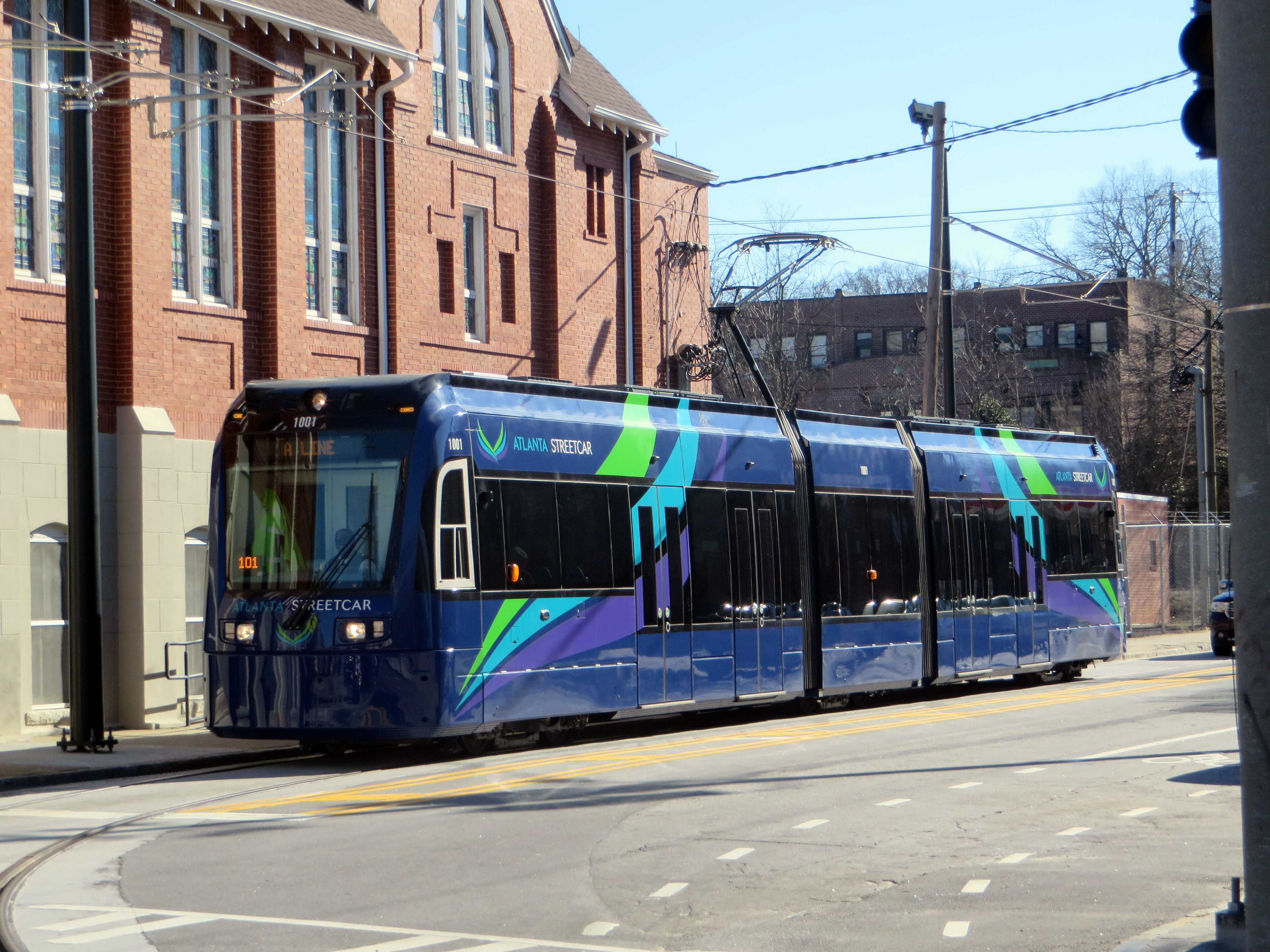ShonTron
Moderator
Member Bio
- Joined
- Apr 24, 2007
- Messages
- 12,396
- Reaction score
- 9,048
- Location
- Ward 13 - Toronto Centre
Atlanta's new streetcar has larger bi-articulated Siemens S70 cars that are used by bonafide light rail systems in San Diego, Twin Cities, Houston, Portland, Salt Lake City and in Paris.
I rode Atlanta's streetcar a few weeks ago. I was not impressed. I'm not that impressed by most new US streetcar projects; they are usually slow downtown circulators, rather than true transit services. Cincinnati's project still under construction is very similar to that in Atlanta. I wrote about my visit to four US cities that are building, or opened, streetcar routes on Spacing and in my own blog.
I've also rode streetcars in Kenosha, Seattle, Portland, New Orleans (of which the St. Charles Line is original), Memphis and legacy lines: the F Line in San Francisco, the 15 Girard in Philadelphia, and the Green Line and Ashmont-Mattapan lines in Boston.
http://spacing.ca/toronto/2015/01/20/new-american-streetcar-visit-detroit-cincinnati-atlanta-tampa/
 Atlanta Streetcar by Sean_Marshall, on Flickr
Atlanta Streetcar by Sean_Marshall, on Flickr
I rode Atlanta's streetcar a few weeks ago. I was not impressed. I'm not that impressed by most new US streetcar projects; they are usually slow downtown circulators, rather than true transit services. Cincinnati's project still under construction is very similar to that in Atlanta. I wrote about my visit to four US cities that are building, or opened, streetcar routes on Spacing and in my own blog.
I've also rode streetcars in Kenosha, Seattle, Portland, New Orleans (of which the St. Charles Line is original), Memphis and legacy lines: the F Line in San Francisco, the 15 Girard in Philadelphia, and the Green Line and Ashmont-Mattapan lines in Boston.
http://spacing.ca/toronto/2015/01/20/new-american-streetcar-visit-detroit-cincinnati-atlanta-tampa/
 Atlanta Streetcar by Sean_Marshall, on Flickr
Atlanta Streetcar by Sean_Marshall, on Flickr
Last edited:




